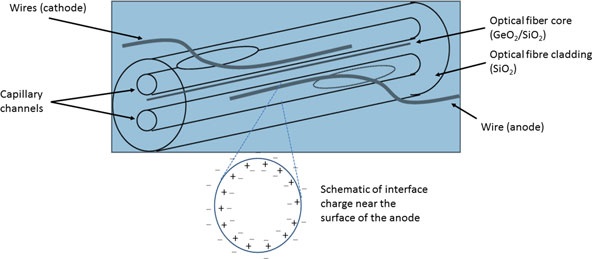Article contents
Water photonics, non-linearity, and anomalously large electro-optic coefficients in poled silica fibers
Published online by Cambridge University Press: 15 February 2018
Abstract

A review of the literature offers an explanation for the large anomalous electro-optic (e.o.) effect reported by Fujiwara et al. in 1994. It is based on the large e.o. coefficient of ordered water at an interface measured in recent years >1000 pm/V. More broadly, the concept of water-based photonics, where water could be a new platform material for devices and systems, is introduced, suggesting that liquid states of matter can allow ready shaping and exploitation of many processes in ways not previously considered. This paper is a commentary on the significance of this new understanding and the broader interest of water in photonics, particularly its consideration as a new platform material.
- Type
- Commentaries
- Information
- Copyright
- Copyright © Materials Research Society 2018
References
- 3
- Cited by





